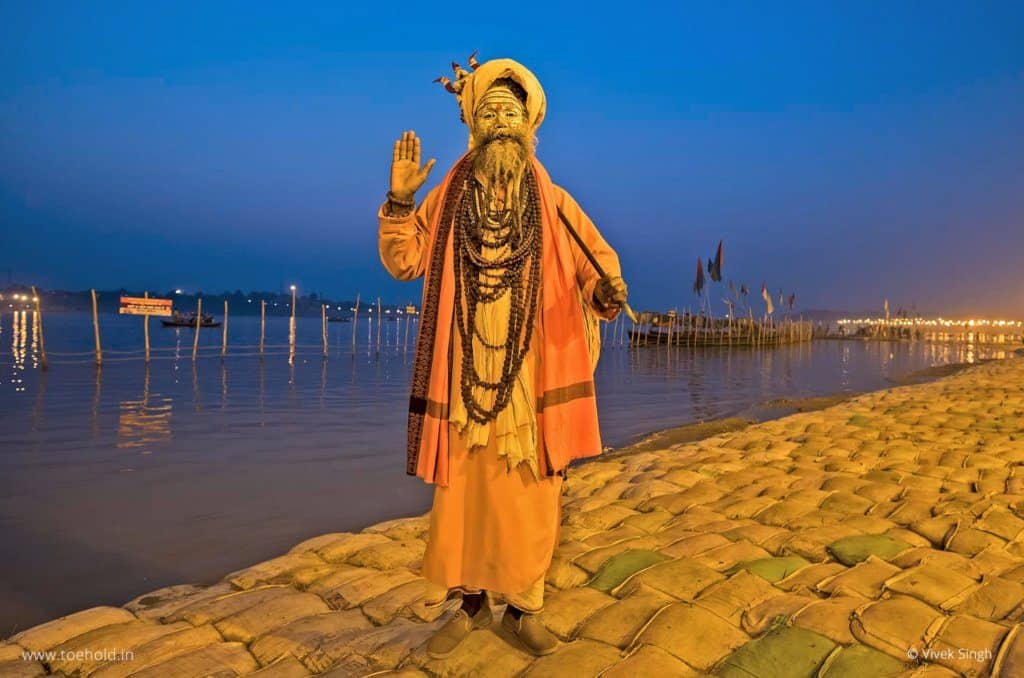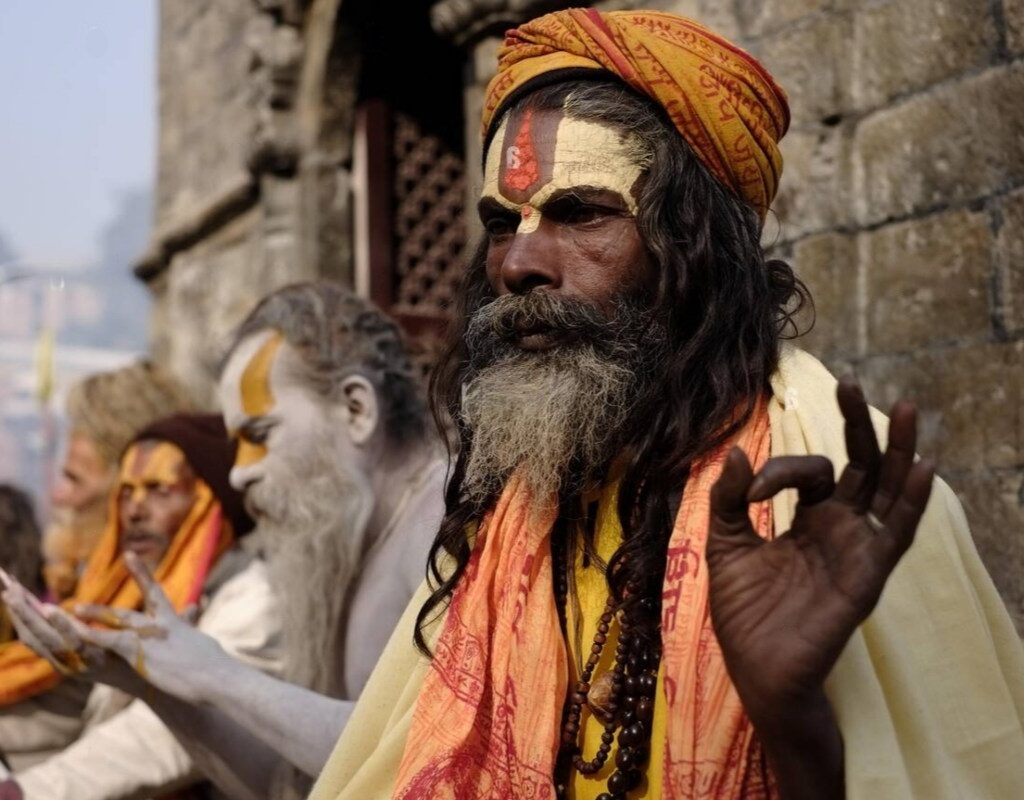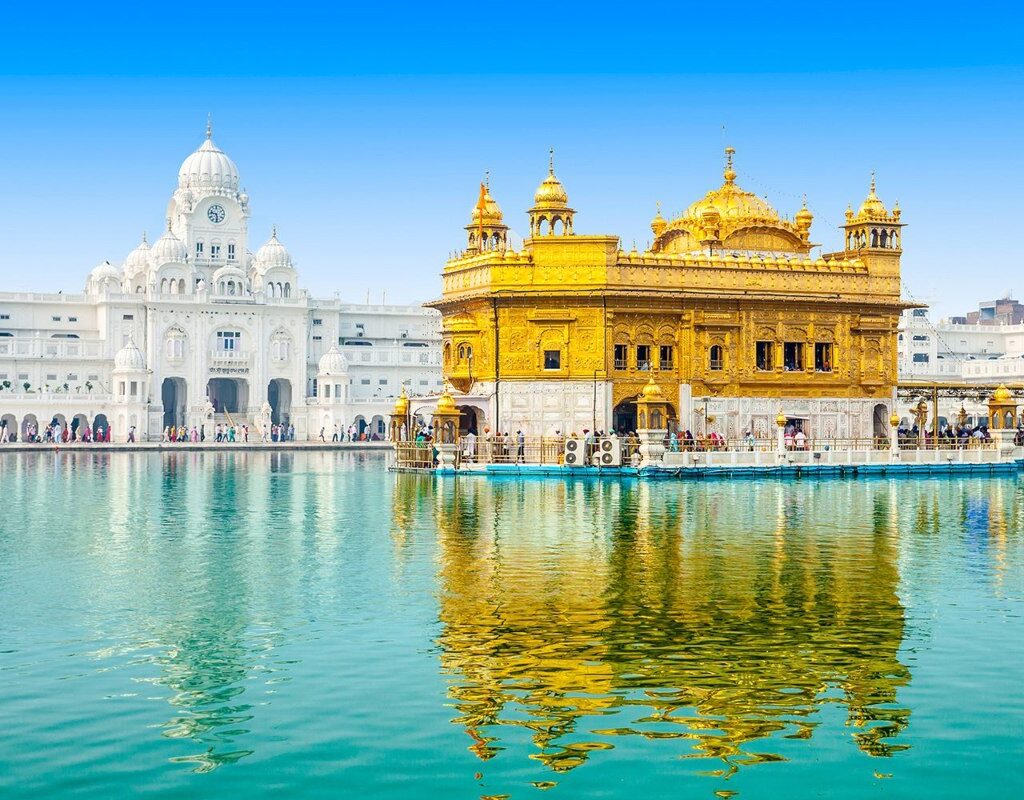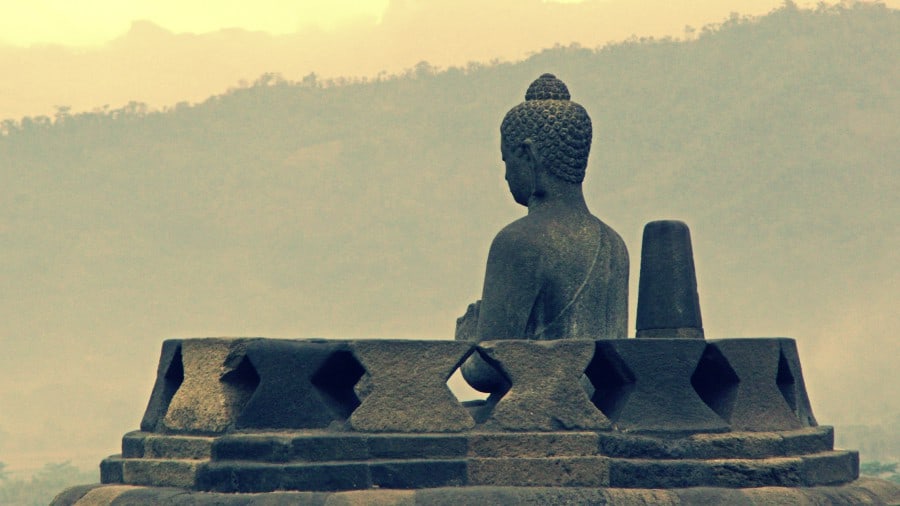The Kumbh Mela is known as the largest religious festival in the world, an event that every twelve years gathers millions of Hindu devotees on the sacred banks of the Ganges River in Allahabad, India.
History and Significance of the Kumbh Mela
This festival is not only a massive manifestation of faith but also a fascinating reflection of the deep traditions and mythological beliefs of Hinduism.
For 55 days, pilgrims participate in purification rituals, seek blessings, and renew their spiritual connection with the divine.
The Kumbh Mela has its roots in rich Hindu mythology, where it is said that drops of the nectar of immortality fell in four sacred cities: Allahabad, Nasik, Ujjain, and Haridwar.
According to legend, during a battle between gods and demons for the elixir of eternal life, some drops of this precious liquid fell in these places, giving them special spiritual significance.
This festival is celebrated on a rotating basis in these four cities, each hosting the event every twelve years. In the case of Allahabad, also known as Prayagraj, it is considered particularly auspicious due to the confluence of the Ganges River with the Yamuna River and the mythical Saraswati River.
This convergence of waters is seen as a potent source of spiritual energy and purification, attracting millions of pilgrims seeking blessings and redemption.
The Kumbh Mela is not only an occasion for religious rituals but also a time for reflection, meditation, and community strengthening. The importance of the festival transcends time, remaining a fundamental pillar of Hindu spirituality and culture.
Rituals and Activities of the Festival
During the Kumbh Mela, pilgrims participate in a series of rituals and activities essential to the festival’s spiritual experience.
The most notable of these rituals is the sacred bath in the Ganges River, known as Shahi Snan. This act symbolizes the purification of the soul and the release from sins.
Devotees believe that by immersing themselves in the sacred waters, they will receive the blessing of the gods and come a step closer to moksha, or spiritual liberation.
Besides the sacred bath, the festival witnesses processions led by sadhus, or Hindu ascetics, many of whom carry swords and tridents as symbols of their devotion to Shiva.
These sadhus, often naked and covered in ash, represent a direct connection with the divine and are revered figures among the pilgrims.
Other important activities include the recitation of mantras, the performance of yagnas (fire rituals), and attendance at satsangs, or spiritual gatherings where religious teachings are heard and discussed.
Gurus and spiritual leaders also take this opportunity to deliver speeches and guide their followers on the path of devotion and wisdom.
The atmosphere of the Kumbh Mela is a mix of religious fervor and festivity, where families gather to pray, share meals, and participate in the numerous fairs and markets set up around the festival site.
Mythological Significance of the Kumbh Mela
Deeply rooted in Hindu mythology, the Kumbh Mela is closely linked to the story of the churning of the ocean of milk.
According to this ancient legend, the devas (gods) and asuras (demons) temporarily united to churn the primordial ocean of milk in search of amrita, the nectar of immortality.
When the god Dhanvantari finally appeared with the kumbhá (pitcher) of amrita, the demons snatched it and fled, pursued by the gods.
During the ensuing battle, which lasted twelve divine days and nights (equivalent to twelve human years), some drops of the amrita fell in four places: Allahabad (Prayagraj), Haridwar, Ujjain, and Nasik.
These places became sacred sites, and since then, the Kumbh Mela has been celebrated in these locations on a rotating basis.
The myth of the churning of the ocean of milk symbolizes the constant struggle between good and evil and the effort necessary to attain immortality and purity.
Participating in the Kumbh Mela is seen as an act of devotion and faith that allows pilgrims to connect with this mythical story and receive the blessings of the divine nectar.
Furthermore, the legend highlights the importance of sacrifice and collaboration, as both gods and demons worked together to obtain the amrita, though ultimately only the righteous were rewarded.
This myth not only adds a layer of spiritual depth to the festival but also reinforces the values of unity, perseverance, and devotion in the practice of Hinduism.
Hindu Pilgrimage to the Ganges
The pilgrimage to the Kumbh Mela is a transformative experience for millions of Hindus. Devotees travel from all regions of India and the world to immerse themselves in the sacred waters of the Ganges River.
This pilgrimage, known as the Hindu pilgrimage to the Ganges, is seen as an opportunity to purify the soul and connect with the divine.
For many pilgrims, the journey to the Kumbh Mela is a demonstration of faith and sacrifice. Some walk hundreds of kilometers, while others use means of transport such as trains and buses specially arranged for the festival.
The devotion and commitment of the pilgrims are evident in their determination to reach the banks of the Ganges, regardless of the difficulties of the journey.
Once at the festival, pilgrims participate in the sacred bath, known as Snan, which is the central act of the Kumbh Mela. This bath is performed at specific times determined by astrologers, who select the most auspicious periods based on planetary alignment. During these times, the banks of the Ganges fill with devotees seeking spiritual purification.
In addition to the sacred bath, pilgrims also make offerings and rituals in honor of their ancestors, seek blessings from gurus, and participate in satsangs and kirtans (devotional songs).
The pilgrimage is both an individual experience of introspection and spiritual renewal and a communal celebration of Hindu faith and tradition.
The atmosphere at the Kumbh Mela is a blend of spirituality, festivity, and camaraderie. Pilgrims not only seek salvation and purification but also find a sense of belonging and community among the crowd of devotees who share their faith and spiritual journey.
The Spiritual Essence of the Kumbh Mela
The Kumbh Mela is more than a festival; it is a profound expression of faith and devotion that connects millions of Hindus with their spiritual and cultural roots.
Through its rituals, myths, and pilgrimages, this festival symbolizes humanity’s eternal quest for purification, immortality, and divine connection.
In each edition of the Kumbh Mela, the spirit of unity and community among devotees shines, reaffirming the importance of tradition and spirituality at the heart of Hinduism.
The Kumbh Mela remains a living testament to India’s rich cultural heritage and a celebration that, despite challenges, continues to inspire millions of people in their spiritual quest.




